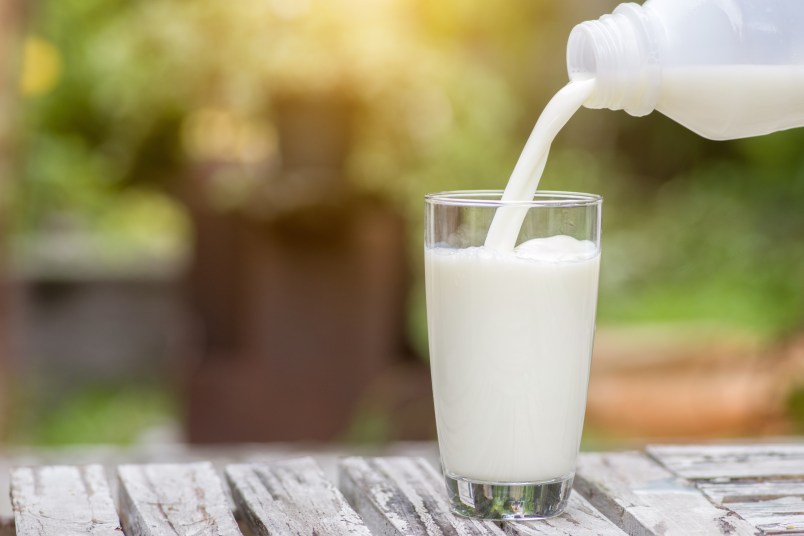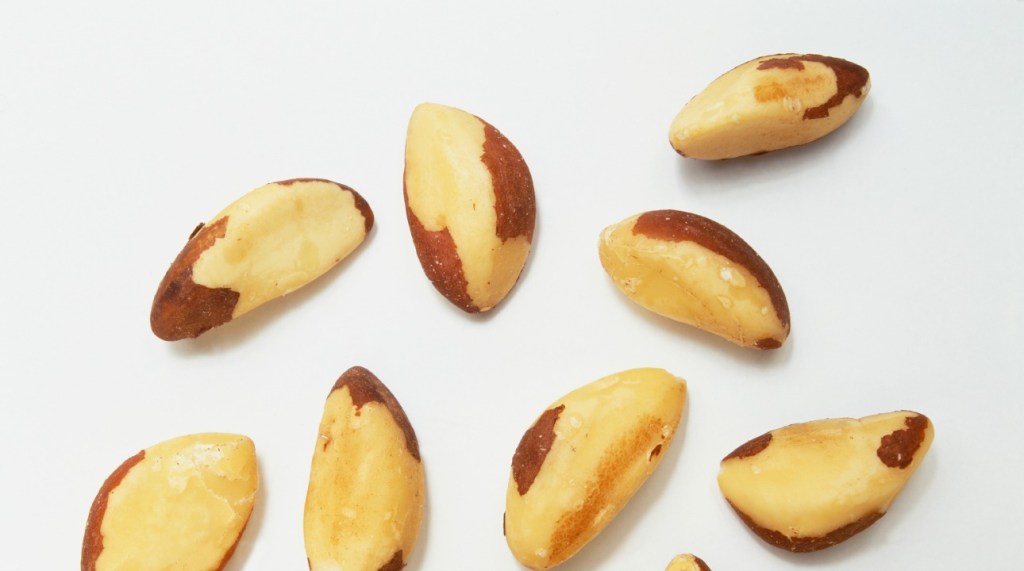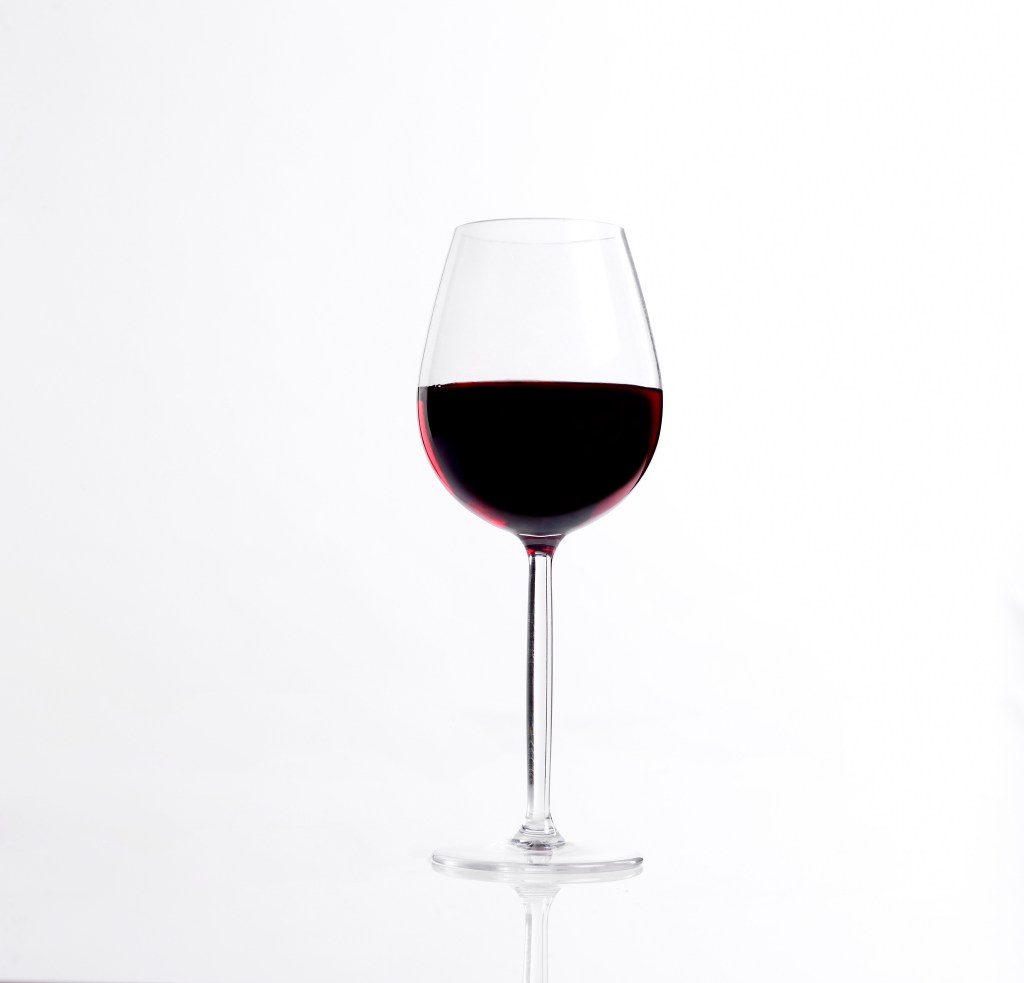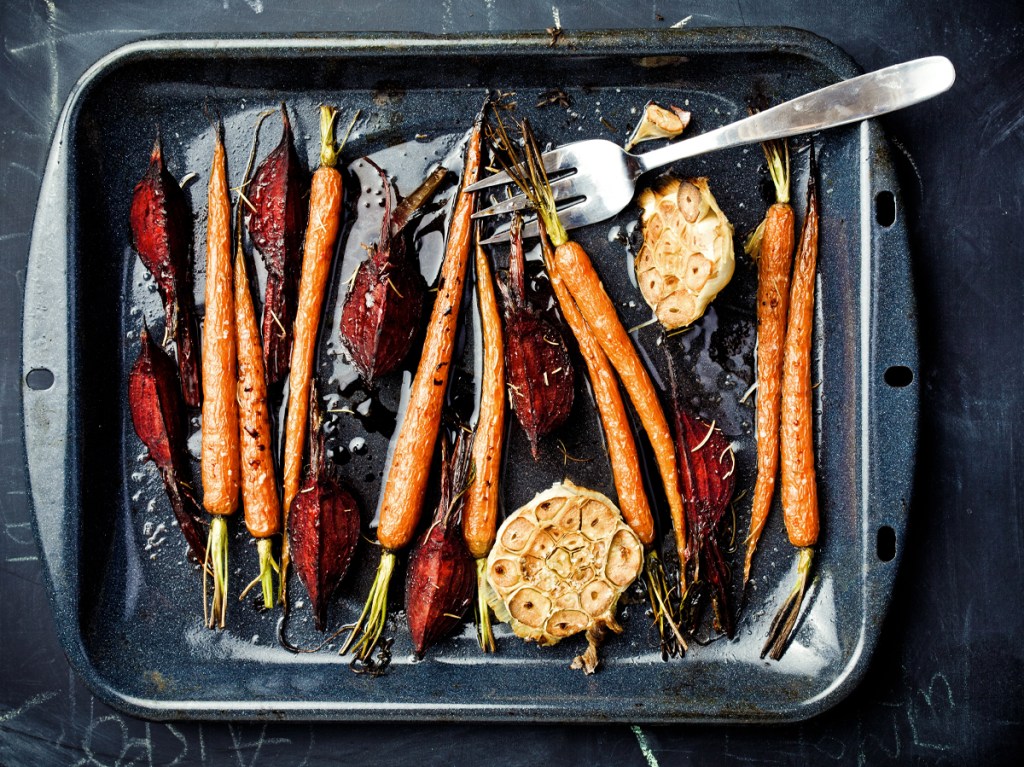9 Ways to Knock Out Knee Pain
These remedies soothe inflammation — fast.

Whether you have arthritis or not, as we get older, our joint can start to ache more easily — especially the knees. Luckily, with a few daily interventions, you can totally relieve nagging knee pain — and boost your health at the same time! Check out our all-natural tips for fighting knee pain below.
Get your vitamin D.
Women with the lowest levels of vitamin D (which your body needs to properly absorb calcium) tend to have three times more arthritis-related knee pain than those with the highest levels, reports the journal Arthritis & Rheumatism. Aim for at least 400 IU of D daily.
Eat brazil nuts.

These nuts are rich in selenium, and getting enough of this mineral from food lowers your odds of having arthritis in your knees 40 percent, report University of North Carolina scientists. The study-proven dose: three Brazil nuts daily.
Slip off your shoes.
Walking barefoot improves hip-knee-ankle alignment, which, in turn, reduces the stress on your knees almost 12 percent, reports the journal Arthritis & Rheumatism.
Drop extra pounds.
Shedding 5 percent of your body weight in the next six months — that’s eight pounds if you weigh 160 right now — reduces pressure on knee cartilage and nerves enough to reduce pain and stiffness as much as 25 percent, according to Michigan State University research.
Try boswelia.
To stop a small knee ache from mushrooming into a big pain, try taking 600 mg. to 1,200 mg. of boswellia daily. Five studies suggest this Indian herb is such a powerful anti-inflammatory, it can dampen pain and improve your knee’s flexibility as effectively as painkillers — with relief arriving in as little as one week.
Try this one from Herbal Secrets (Buy on Amazon, $12.99).
Sip a little wine.

Drinking six ounces of red or white wine daily could send your risk of knee pain plunging 48 percent or more, British research shows. Wine contains natural plant estrogens that slow the loss of both bone tissue and cushioning fluid in your knee joints. In addition, it’s rich in compounds that keep the blood vessels in your legs open, so oxygen and nutrients can easily reach your knee joints.
Drink milk.
Drinking at least one cup of milk daily could cut your risk of knee pain 50 percent or more, reports the journal Clinical and Experimental Rheumatology.
Credit goes to the unique blend of cartilage-strengthening iodine, calcium, and vitamin B-12 in milk. “Small, daily doses of milk were more protective than any other form of dairy — and they reduced women’s risk of knee pain long past their 70th birthdays,” says study co-author Erdal Gilgil, M.D.
Enjoy blueberries.
Blueberries are packed with ellagic acid, a compound that breaks down inflammatory wastes before they can latch on to and damage knee cartilage. The effect is so powerful that just eating three cups of fresh or frozen blueberries weekly could reduce your odds of knee arthritis 18 percent — and cut any knee pain you already have as much as 52 percent in three months, say Northwestern University scientists.
What’s more, other nutrients in blueberries (such as manganese and vitamin K) help activate enzymes that build healthy new joint cartilage, University of Arizona research shows.
Serve up carrots.

Eating a half-cup of carrots or other orange-colored fruit and vegetables each day will provide you with the study-proven dose of a plant pigment (beta-cryptoxanthin) shown to slow joint aging 48 percent, report researchers in the American Journal of Clinical Nutrition. “Beta-cryptoxanthin keeps knee cartilage strong and shock-absorbent, so it’s less likely to become worn during normal use,” says study author Deborah Symmons, M.D.
Also smart: Use two tablespoons of extra-virgin olive oil each day in place of other fats, and you’ll cut knee pain as much as 20 percent. The oil is brimming with squalene, an anti-inflammatory that stops immune cells from attacking knee cartilage.
This article originally appeared in our print magazine, Reverse Aging.
















